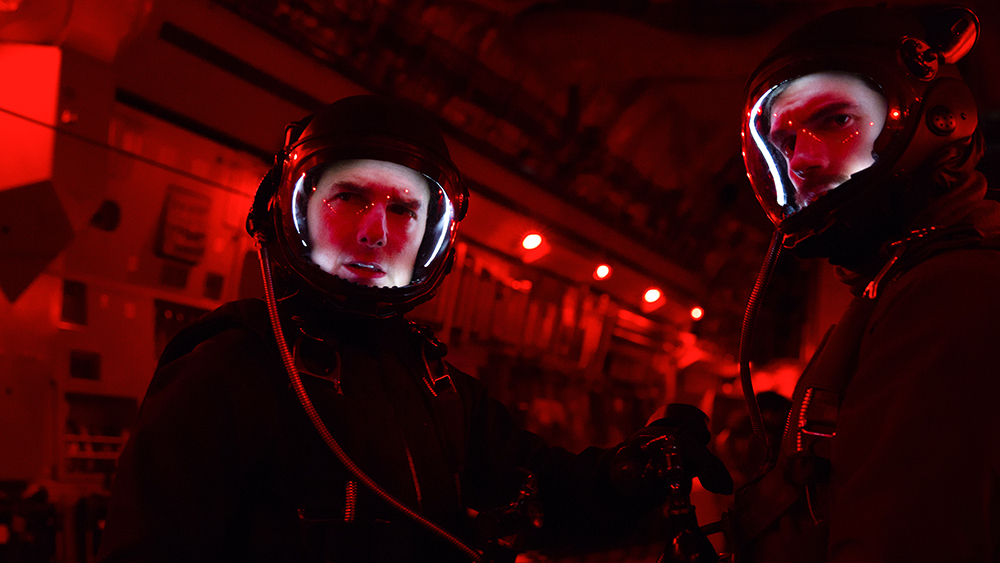Why Do Oscar Voters Keep Sleeping on the ‘Mission: Impossible’ Franchise?
By Kristopher Tapley
LOS ANGELES (Variety.com) – Paramount and Tom Cruise’s “Mission: Impossible” franchise is 22 years old this year. The films, five so far, have amassed north of $2.7 billion at the worldwide box office, and the latest installment — “Mission: Impossible – Fallout” — is guaranteed to send that number sailing past $3 billion in due time.
From day one, the films have been fresh and inventive action spectacles. Cruise and director Brian De Palma set the tone for the series early on with that dazzling CIA vault sequence in 1996. The now-iconic scene found the film’s global superstar suspended by wires in a brightly lit chamber, all leading to that hair-raising (and silent) plunge to within an inch of the floor, expert editing dialing up the tension throughout.
In recent years, this element of the series has been smartly played up in advance. Cruise’s death-defying stunt sequences in 2011’s “Ghost Protocol,” 2015’s “Rogue Nation” and the upcoming “Fallout” have anchored a lot of the marketing, promising things you just don’t see every day. To put a point on it, the “Mission: Impossible” films have consistently represented the most refined and innervating of American blockbuster filmmaking…
…and yet not one single installment has received an Oscar nomination.
No one is expecting a best picture notice, but to deny the craft that has been sunk into these movies for two decades is folly. The tightly calibrated editing of “Rogue Nation,” the immersive sound design of “Ghost Protocol,” the bite and verve of Philip Seymour Hoffman’s villain in J.J. Abrams’ third installment — there have been valid elements to single out along the way. “Fallout” is no exception.
Director Christopher McQuarrie is at the height of his powers here, as the first wave of effusive reviews establishes. As a writer, he has conceived sequences on the page that only the boldest dreamers could hope to capture in-camera, then turned around and done just that, with staggering aplomb. The entire climax of this film, which felt like about 20 minutes of pure adrenaline-pumping insanity, is a cinematic marvel. Nothing is wasted. Every piece of visual information propels the sequence forward. The editing is absolute. The sound puts you right there. The cinematography leaves your jaw on the ground at the sheer gall of it all. And Cruise — as ever and like a boss — lays it all on the line for our entertainment.
It’s not that the Academy of Motion Picture Arts and Sciences has a measurable bias against this breed of filmmaking. After all, it wasn’t so long ago that films like “Die Hard,” “Speed,” “Crimson Tide” and “Air Force One” could find room in an Oscar category or two. But the “Mission: Impossible” films have been utterly ignored. Why?
This isn’t some lazy riff on a formerly popular television series. It is, and has been, a next-level evolution of studio spectacle. Every tool in a filmmaker’s arsenal is on full, glorious display. These are artisans working at the very top level. What, exactly, are the Oscars meant to recognize if not that?
Dear voters: Give this one a hard look. You know quality when you see it.

